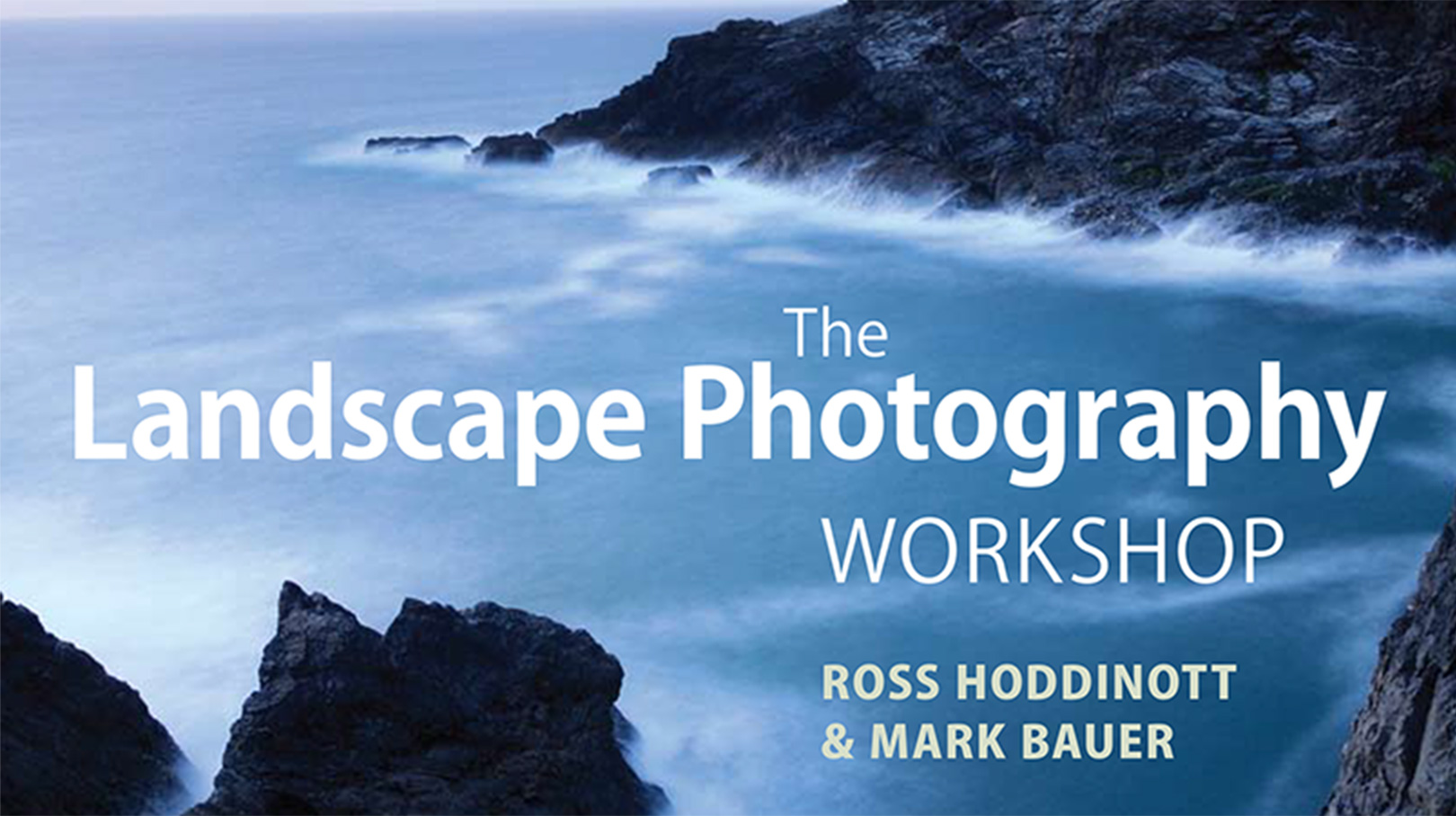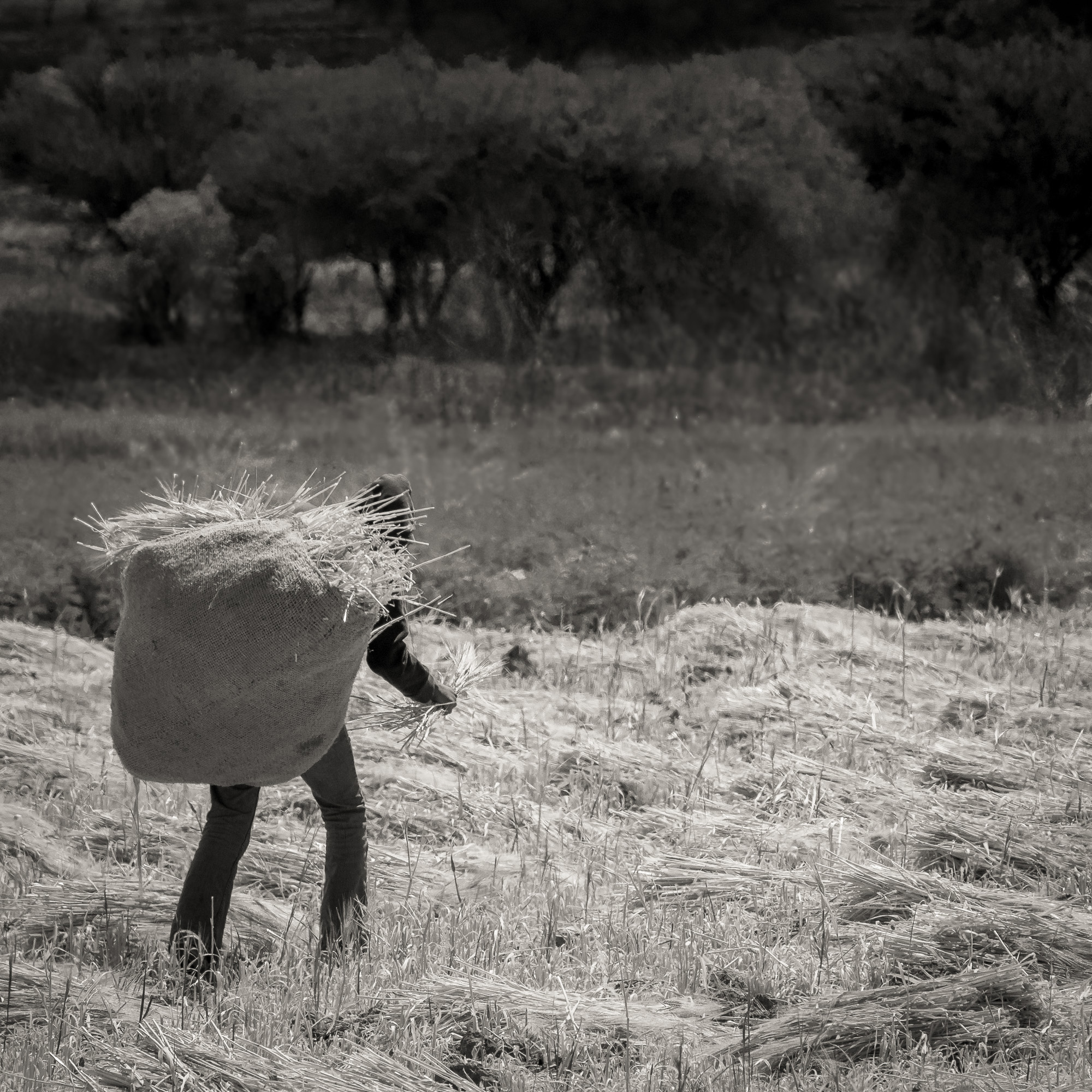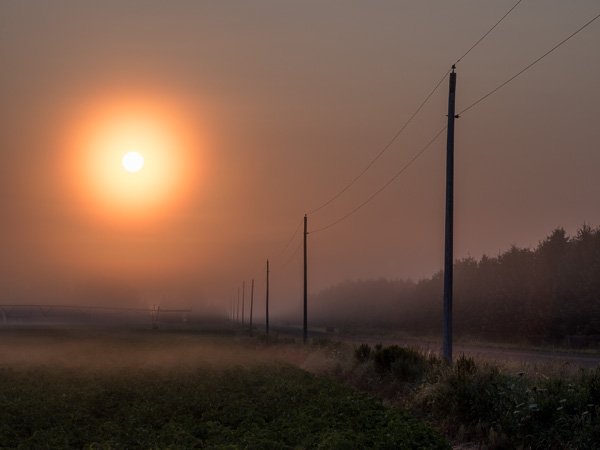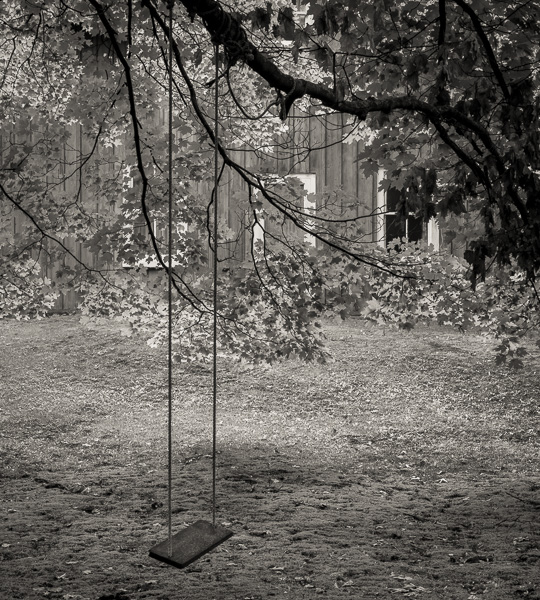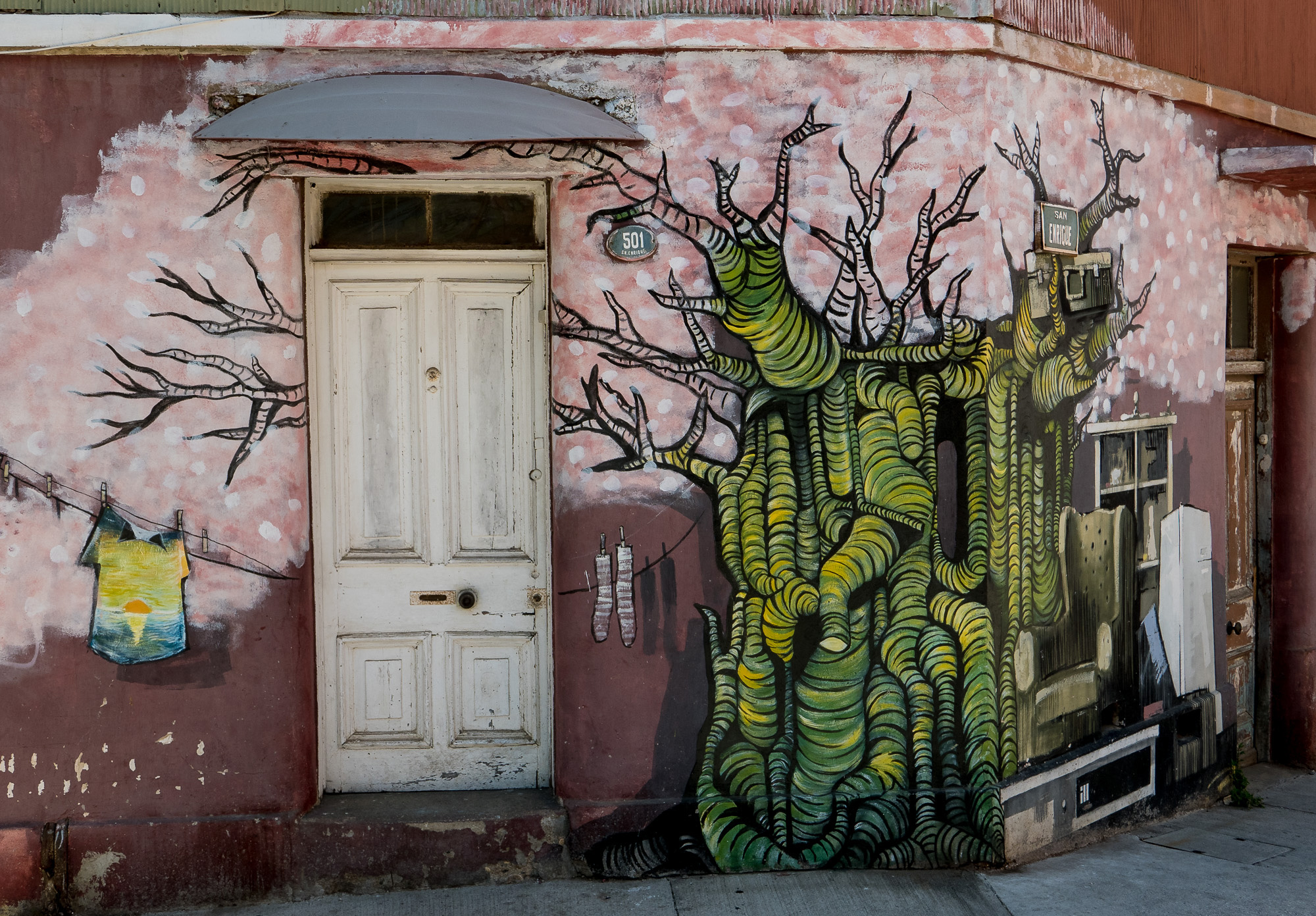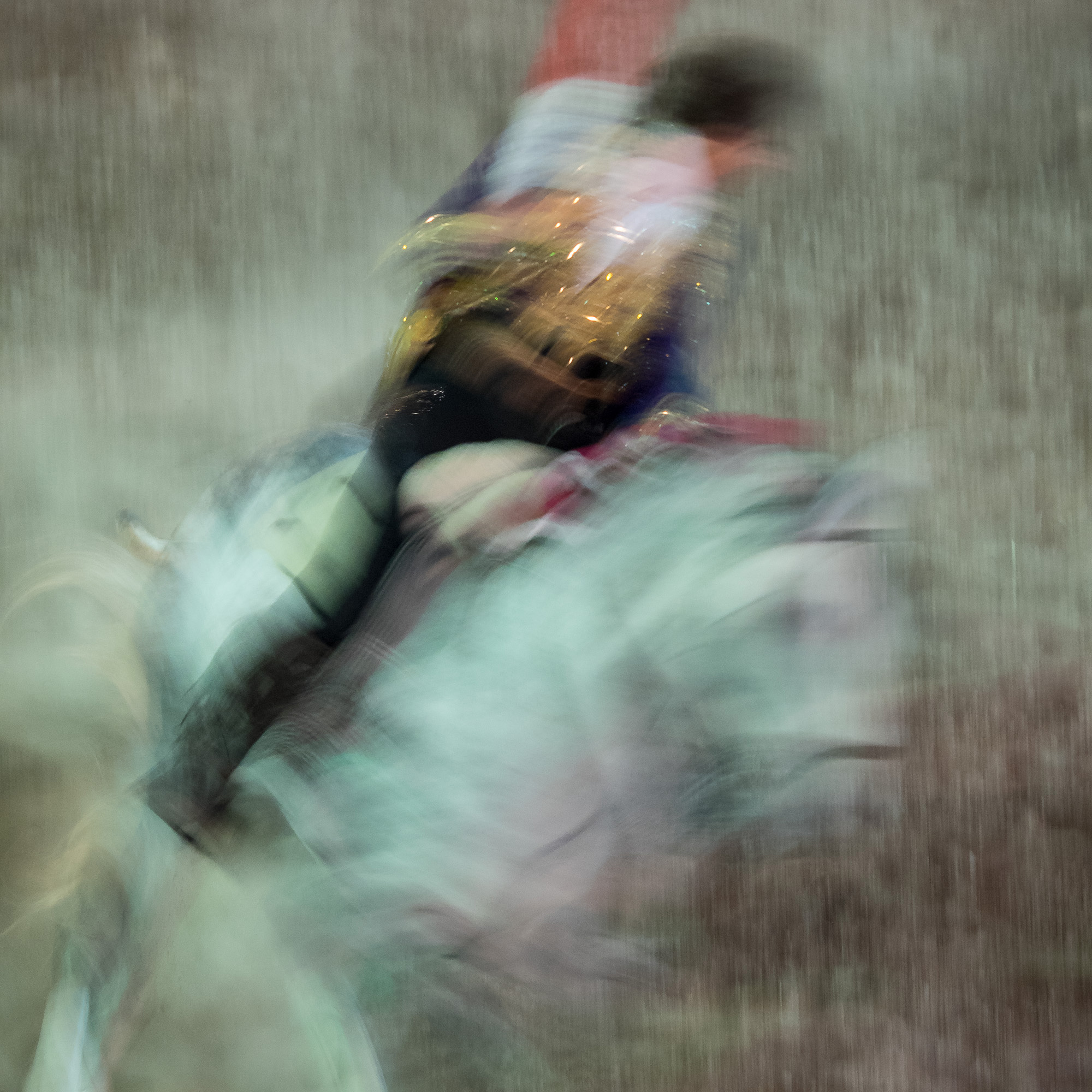The Landscape Photography Workshop

Ross Hoddinott & Mark Bauer
Ammonite Press www.ammonitepress.com
ISBN 978-1-90770-897-8 $24.95
What novice photographer doesn’t want to take a workshop and learn it all? Who among the veteran photographers reading Luminous Landscape sometimes needs a quick refresher on a topic covered in some only half remembered class taken long ago? What text can one recommend to make landscape photography in something beyond automatic mode both enjoyable and understandable?
These questions and all the others seemingly asked by their own photography students compelled Hoddinott & Bauer to write The Landscape Photography Workshop as it is, at its core, just that, a workshop focused on landscape photography in a 175-page, softbound, full color book. At only $24.95, it is likely the least expensive photo “workshop” one will find.
Divided into ten basic chapters, each covering topics such as Equipment, Exposure, Composition, Lighting, and Filtration, it sets the reader/photographer up with the basic knowledge needed to explore the topic in the field. Each topic is well illustrated with images providing examples of the technique described as well as some diagrams to better show the concepts in play. The diagrams and images noting the differences between the Rule of Thirds and the Golden Section are particularly interesting, as is the Rule of Odds.

The book especially shows its English roots when describing the types of landscape in Chapter Six: Coastal, Rural, Mountains, hills and moorland, Woodland, Water in the landscape and Buildings within the landscape, but the concepts explained are sound. Jack Dykinga doesn’t need this book as he explores the Southwestern U.S. desert.
Where this book really adds beyond the field workshop value is in the later chapters where Post Processing and Printing are explored. Moving from file formats through exposing to the right, to processing black and white images, and finally to stitching “panoramics,” the chapter on post processing covers it all in enough depth to get the job done without bogging down the reader in the miniscule details of individual software programs and their myriad versions.
The chapter on Printing is equally useful dealing with ink types, calibration, resolution, paper types, and the workflow needed to move the image from something on the screen to something tangible in the reader’s hands.

The final chapter in the book leaves the reader with six creative assignments to push them beyond what they’ve learned earlier in the book on topics such as exposure, composition, using filters, and creating great images in less than ideal weather. After all, rules are made to be broken aren’t they?
The book also includes several pages of frequently asked questions and a two-page glossary covering topics from Aberration to Zoom.
Recommended
Read this story and all the best stories on The Luminous Landscape
The author has made this story available to Luminous Landscape members only. Upgrade to get instant access to this story and other benefits available only to members.
Why choose us?
Luminous-Landscape is a membership site. Our website contains over 5300 articles on almost every topic, camera, lens and printer you can imagine. Our membership model is simple, just $2 a month ($24.00 USD a year). This $24 gains you access to a wealth of information including all our past and future video tutorials on such topics as Lightroom, Capture One, Printing, file management and dozens of interviews and travel videos.
- New Articles every few days
- All original content found nowhere else on the web
- No Pop Up Google Sense ads – Our advertisers are photo related
- Download/stream video to any device
- NEW videos monthly
- Top well-known photographer contributors
- Posts from industry leaders
- Speciality Photography Workshops
- Mobile device scalable
- Exclusive video interviews
- Special vendor offers for members
- Hands On Product reviews
- FREE – User Forum. One of the most read user forums on the internet
- Access to our community Buy and Sell pages; for members only.


